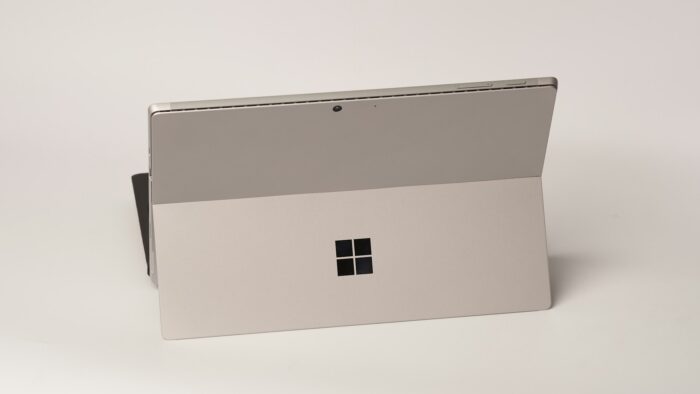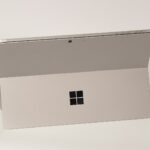Google’s Chromebooks have been the industry leader for educational-used notebooks for years. In an article by Julia Love, she explains why this may change with the introduction of Microsoft’s new suite of educational products.
The suite includes a new version of the Windows operating system that promotes collaboration among students. It also introduces a new, more affordable version of Microsoft’s popular surface laptop. The question now becomes: is it enough to take the lead position from Google?
The Chromebook’s largest jump in market share came from the creation of a “test mode”. The test mode blocks students’ access to other websites when they are completing online tests. In response to this new feature, sales of Chromebooks increase roughly ten times from 2012-2013.
While Google is responsible for the Chrome operating system, it is their partner manufacturers like Samsung and Acer that make the Chromebooks. As of now, the operating system is free and schools can purchase an education package which includes device management and support for USD $30. The inexpensive nature of its products further allows Google to defend its market share.
Microsoft
As part of its educational software suite, Microsoft is selling a hybrid tablet-laptop. This is based off of its highly successful Surface. This device starts at USD $189, compared to the Chromebook’s USD $149 price tag. Furthermore, the company also created an addition to their Minecraft platform that will allow students to learn and practice coding within the popular game.

Photo by Przemyslaw Marczynski on Unsplash.
Microsoft’s educational tools differentiates itself based on complexity. Where the Chromebook is fairly straightforward, Microsoft has added more features and attributes. Time will reveal which device classrooms prefer.
Categorised in: Uncategorized
This post was written by Rebecca Vermette
